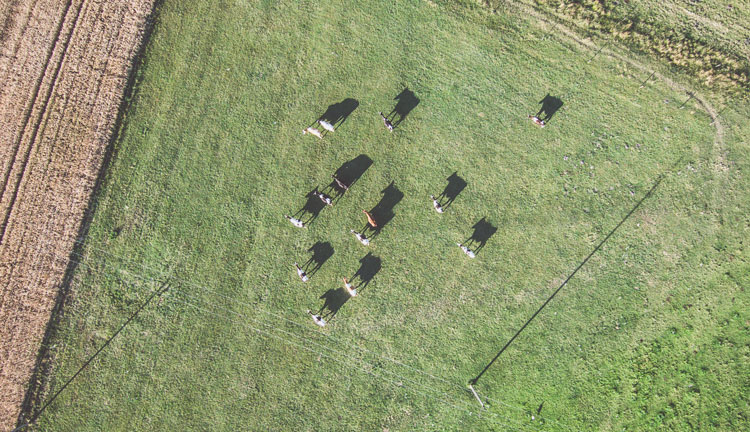
Recently, I attended one of the many webinars available these days. By the end of the presentation, the speaker mentioned that the debt at a dairy can sometimes escalate to $12,500 per cow. To me, this was extremely alarming.
An example
When considering debt per cow, we must have some perspective about the implications of this number. Assuming that a farm’s rolling herd average (RHA) for milk production is 28,000 pounds per cow and that the yearly milk price is $19 per hundredweight (cwt.) (an optimistic scenario, indeed), then the yearly revenue per cow should reach around $5,320. If total cost of production equals $15.50 per cwt., the yearly earnings left for paying taxes, debt payments, capital investments, and some living expenses will be roughly $980 per cow.
After paying 25% in taxes, $735 per cow is left for paying debt, new capital investments, and some living expenses. Assuming an interest rate of 4.5% and the unrealistic scenario in which the entire $735 per cow is used for debt payment, it would take about 13 years to pay a $7,000 debt in full. To add some spice to this example, this is only true as long as RHA production maintains at 28,000 pounds per year, milk prices stay at $19 per cwt., and no more debt is taken on.
After all of this, can you imagine how difficult the situation would be with a debt of $12,500 per cow? In a nutshell, such a scenario would take more than 30 years of payments. That’s a bit too much for a business subjected to volatility, don’t you agree?
I will finish with a reminder that liquidity is to the business as oxygen is to our body. Hence, long-term debt can deplete liquidity if not properly managed. As economist Wilfred Harding wrote, “Running out of money will shut you down faster than anything else.” Therefore, be careful while managing your debt and don’t be afraid to do your own calculations.








